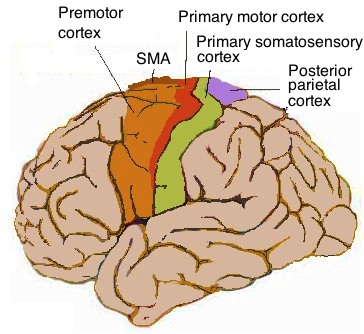 |
| Austrian Academy of Sciences |
 |
| Frescoes inside the seminar hall |
This year's theme for the conference was Sustainable Development and how science and scientists can enable and accelerate these process. Delivering the keynote lecture, Albert Louis Sachs however cautioned that sustainable Development Goals (SDGs) must necessarily include the needs of the poor. Sachs had served as one of the six judges in the Constitutional Court of South Africa for fifteen years from 1994-2009. He highlighted the case of Grootboom V Constitutional court of South Africa. Adequate housing is guaranteed in the constitution of South Africa and the SA Government identified several plots of lands to build low cost housing. However due to a combination of circumstances helpless people such as Grootboom and several others had to pitch huts in one of these plots. SA Government evicted them, without providing any alternative. Grootboom went to the court. The case came up before Albert Sachs. He judgement was in favor of Grootboom, however it is another story that Irene Grootboom died in a shanty at the age of 39.

A roof and at least one square meal- demands of the poor are so minimal. But that doesn't mean they can be sidelined or totally excluded when the rest of the world makes plans for a better future. This brings into sharp focus contemporary concerns in several developing countries. In the name of development agricultural lands are being erased and forest areas are encroached into. Balanced and all inclusive equations alone would lead to sustainable development.
Tailpiece
At one stage Vienna was the power center of Europe and empress Maria Theresa decided the fate of the continent. Palaces,and churches ... the city has so many attractions .Vienna was also the musical capital and we indulged ourselves in a concert at the Mozarthauz. Mozarthauz is the oldest concert hall in Vienna where Mozart used to entertain Bishop Colloredo. And then, of course Vienna is also the city of Freud. His house is a museum now.
 |
| At the Freud Museum |
 |
| Inside the Mozarthauz |








